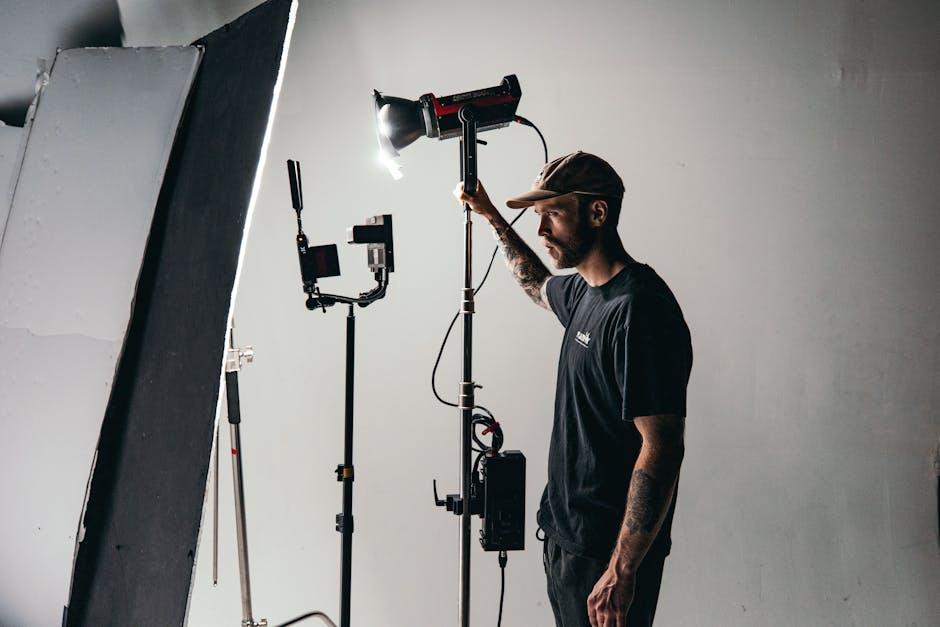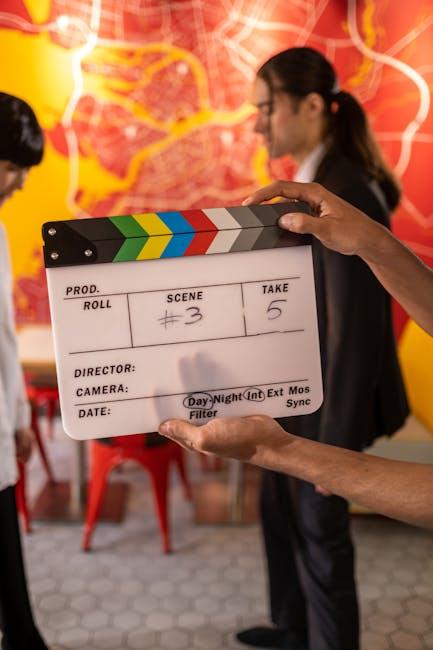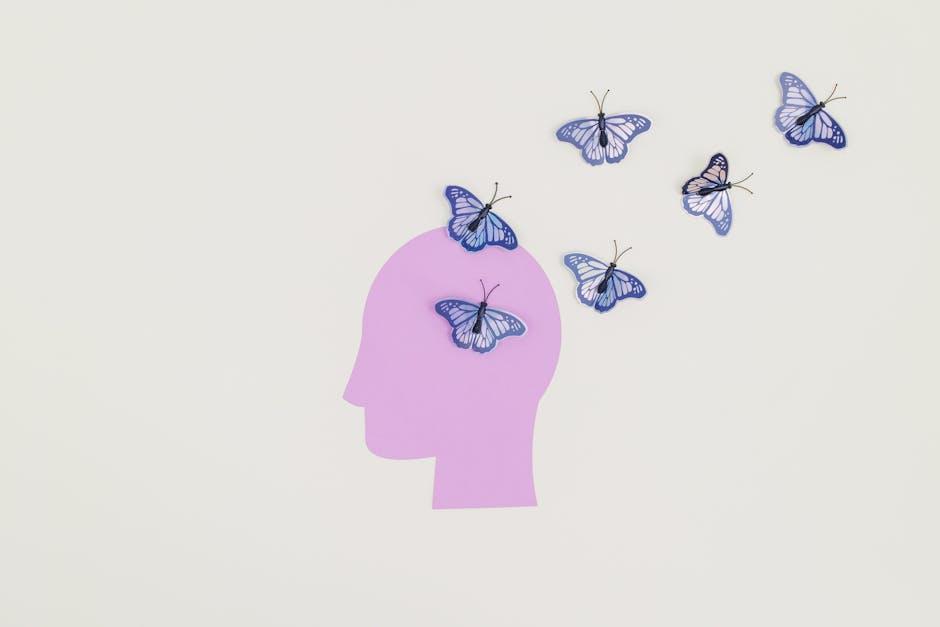In the ever-evolving landscape of modern cinema, production design stands as a silent yet potent force, intricately shaping narratives and influencing audience perception. While directors and actors often dominate the spotlight, it is the nuanced craft of production design that breathes life into scripts, transforming words on a page into immersive, tangible worlds. This article delves into the pivotal role of production design in storytelling, exploring how meticulously crafted sets, props, and visual aesthetics serve as the backbone of cinematic expression. Through an analytical lens, we will unravel the layers of design that subtly guide emotional engagement and narrative depth, demonstrating how this art form is indispensable in crafting compelling, memorable films.
Influence of Visual Aesthetics on Narrative Engagement
The intricate tapestry of visual aesthetics serves as a silent yet potent narrator, weaving layers of meaning into the cinematic experience. Production design is not merely a backdrop but an active participant in storytelling, guiding the audience’s emotions and perceptions. From the opulent grandeur of period pieces to the stark minimalism of dystopian landscapes, each element—color palette, texture, lighting—crafts a unique narrative voice. These choices dictate the atmosphere, echoing the themes and emotions intended by the filmmaker.
- Color schemes: Vibrant hues can evoke joy or nostalgia, while muted tones may suggest despair or tension.
- Set design: Intricate details within a setting can provide context, foreshadow events, or reveal character traits.
- Costume and props: These elements act as extensions of character, revealing personality, status, and transformation.
Through these visual cues, audiences are subtly drawn into the world of the film, enhancing their engagement with the narrative. By aligning aesthetics with storytelling intent, filmmakers create an immersive experience that resonates on both a conscious and subconscious level.
Crafting Atmosphere: The Role of Set and Lighting Design
In modern cinema, the subtle interplay of set and lighting design is crucial in crafting an immersive atmosphere that draws audiences into the narrative. A well-designed set acts as a silent storyteller, offering cues about the film’s context, mood, and character dynamics. For instance, a dimly lit, cluttered room might suggest chaos or mystery, while a brightly illuminated, minimalist space could evoke feelings of order and tranquility. These elements work together to create a visual language that speaks volumes beyond the dialogue.
Lighting design further amplifies the emotional tone, guiding the audience’s emotional journey through the film. Consider the use of shadows and highlights to create tension or the strategic placement of color to evoke specific feelings. Key aspects include:
- Color Temperature: Warm tones often suggest comfort or nostalgia, while cool tones might imply detachment or unease.
- Intensity: High contrast lighting can enhance drama, whereas softer lighting may evoke a sense of intimacy.
- Directionality: The angle of light can influence perception, casting characters in a sympathetic or sinister light.
Through these techniques, set and lighting design transcend their technical roles, becoming pivotal in shaping the story’s emotional and psychological landscape.

Symbolism and Motifs: Enhancing Story Depth Through Design
- Color Schemes: Colors in production design can act as powerful symbols, subtly influencing the audience’s emotional response. Consider the use of cool blues and greys to evoke feelings of isolation or vibrant reds to signify passion or danger. Filmmakers like Wes Anderson use meticulously crafted palettes to create a whimsical yet profound atmosphere, transforming the narrative into a visual symphony.
- Recurring Objects: Objects within a film can serve as motifs, offering deeper insight into a character’s journey or the overarching theme. The spinning top in “Inception” is more than a mere toy; it becomes a pivotal symbol of reality versus illusion, inviting viewers to ponder the nature of existence. By weaving these elements throughout the story, production designers craft a rich tapestry of meaning.
- Architectural Design: The design of spaces can reflect the internal states of characters or societal commentary. In “Parasite,” the stark contrast between the Park family’s opulent home and the cramped semi-basement of the Kim family visually underscores themes of class disparity. This spatial dichotomy enhances narrative tension and deepens the viewer’s understanding of the characters’ motivations and struggles.

Strategic Use of Color to Convey Emotional Subtext
In the realm of modern cinema, color is a powerful tool wielded by production designers to infuse films with layers of emotional subtext. Through strategic color choices, filmmakers subtly guide audiences’ emotions, creating a visceral connection to the narrative. For instance, a palette dominated by cool blues and grays can evoke feelings of isolation or melancholy, while warm tones like reds and oranges can ignite passion or tension. The deliberate selection of colors can even foreshadow events, setting the mood long before the plot unfolds.
Consider the following ways in which color impacts storytelling:
- Character Development: Colors associated with characters can reflect their inner journeys. A protagonist’s wardrobe transition from dark to light hues might symbolize personal growth or redemption.
- Setting the Tone: A desaturated environment can communicate bleakness or dystopia, enhancing the narrative’s thematic elements.
- Symbolism: Repeated color motifs, such as a recurring splash of red, can act as a narrative thread, linking pivotal moments and highlighting their significance.
By meticulously crafting color schemes, production designers not only enhance visual appeal but also enrich the storytelling, making each frame resonate with emotional depth.

